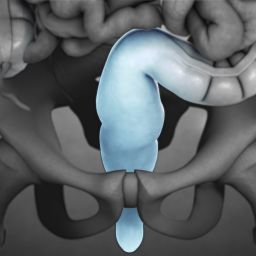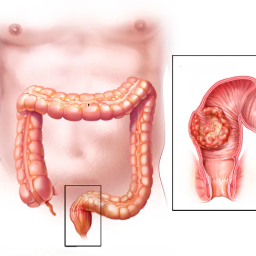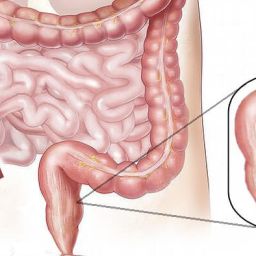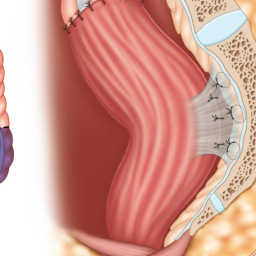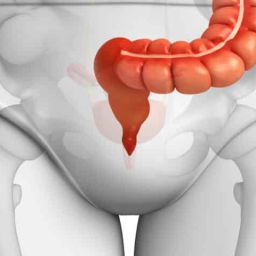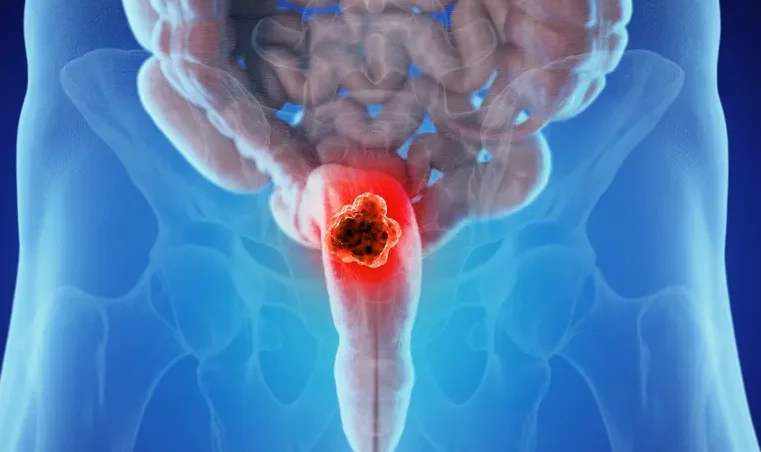
1. Understanding Rectal Polyps
1.1 What Are Rectal Polyps? Rectal polyps are small clumps of cells that form on the lining of the rectum or colon. These growths vary in size, shape, and appearance, and they can be classified into different types. Polyps are categorized primarily into two types:
- Adenomatous Polyps (Adenomas): These are the most common type of polyp and have the potential to become cancerous over time.
- Hyperplastic Polyps: Generally considered benign, these polyps are less likely to develop into cancer.
Although most polyps are non-cancerous, adenomatous polyps can become malignant if left undetected or untreated, which makes regular monitoring extremely important.
1.2 Risk Factors for Rectal Polyps There are several risk factors that increase the likelihood of developing rectal polyps. These include:

- Age: People over the age of 50 are at higher risk.
- Family History: A family history of colorectal cancer or polyps increases the risk.
- Personal Medical History: Individuals who have had polyps or colorectal cancer in the past are at increased risk.
- Diet and Lifestyle: A diet high in fat, processed foods, and low in fiber can increase the risk, as can smoking and alcohol use.
- Inflammatory Bowel Diseases: Conditions such as Crohn’s disease and ulcerative colitis raise the risk of developing polyps.
2. The Importance of Early Detection of Rectal Polyps
2.1 Polyps and Colorectal Cancer Risk The primary concern with rectal polyps is their potential to develop into colorectal cancer. Colorectal cancer is one of the leading causes of cancer-related deaths globally, but it is also one of the most preventable cancers if detected early. Adenomatous polyps are precursors to colorectal cancer and can take years or even decades to develop into malignant tumors. Early detection allows for timely intervention, preventing the progression of these polyps into cancer.
2.2 How Early Detection Prevents Cancer The key to preventing colorectal cancer lies in identifying and removing adenomatous polyps before they turn cancerous. Regular screenings, such as colonoscopies, can detect polyps at an early stage. If polyps are found, they can be removed during the same procedure, reducing the risk of cancer developing in the future. Early removal of polyps ensures that abnormal cells are eliminated before they have the chance to grow into a full-blown malignancy.
2.3 Benefits of Early Detection Early detection of rectal polyps brings several benefits:
- Prevention of Colorectal Cancer: The most important benefit of early detection is the ability to prevent cancer.
- Reduced Treatment Costs: Treating cancer in its early stages is far less costly and invasive than treating it at later stages.
- Improved Survival Rates: The survival rates for colorectal cancer are significantly higher when the cancer is detected early.
- Quality of Life: By removing polyps early, individuals can avoid the complications and symptoms associated with cancer, such as pain, bleeding, and gastrointestinal distress.
3. Methods of Diagnosing Rectal Polyps
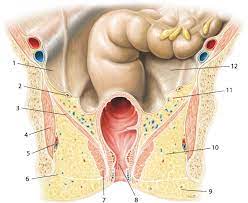
3.1 Colonoscopy Colonoscopy is the gold standard for detecting rectal and colorectal polyps. This procedure involves inserting a flexible tube with a camera (colonoscope) into the rectum to examine the colon and rectal lining. If polyps are found, they can often be removed during the procedure. Colonoscopies are recommended for individuals over the age of 50, or for those with a higher risk due to family history or previous polyps.
3.2 Flexible Sigmoidoscopy Flexible sigmoidoscopy is similar to a colonoscopy but only examines the lower part of the colon and the rectum. It is often used as a preliminary screening tool for rectal polyps and can detect early signs of disease.
3.3 Stool-Based Tests There are several stool-based tests that can detect abnormalities that may indicate the presence of polyps or colorectal cancer, including:
- Fecal Immunochemical Test (FIT): This test checks for hidden blood in the stool, which may be a sign of polyps or cancer.
- Fecal Occult Blood Test (FOBT): Similar to FIT, this test also detects blood in the stool.
- Multitarget Stool DNA Test: This test analyzes stool samples for DNA changes associated with cancer and precancerous polyps.
3.4 CT Colonography (Virtual Colonoscopy) CT colonography, or virtual colonoscopy, uses CT scans to create detailed images of the colon and rectum. This method is less invasive than a traditional colonoscopy, but it may not be as effective in detecting small polyps.
4. Monitoring Rectal Polyps: Follow-up and Surveillance
4.1 Surveillance After Polyp Removal Once rectal polyps are detected and removed, regular follow-up screenings are necessary to monitor for new polyps. The frequency of follow-up screenings depends on the type and number of polyps removed and the individual’s overall risk factors. For example:
- Low-Risk Individuals: If only a few small, benign polyps are removed, the next screening may be recommended in 5-10 years.
- High-Risk Individuals: Individuals with multiple polyps or those with a history of cancer may need follow-up screenings every 1-3 years.
4.2 The Role of Genetics in Monitoring For individuals with a family history of colorectal cancer or hereditary syndromes like Lynch syndrome or familial adenomatous polyposis (FAP), surveillance may start earlier and be more frequent. These individuals are at higher risk of developing multiple polyps or colorectal cancer at a younger age.
4.3 Lifestyle Modifications and Monitoring In addition to regular screenings, adopting a healthy lifestyle can play a crucial role in reducing the risk of new polyps. A diet rich in fruits, vegetables, and fiber, along with regular physical activity, can help prevent the formation of new polyps. Avoiding smoking and excessive alcohol consumption is also important for maintaining colorectal health.
Rectal polyps are relatively common and often do not cause symptoms, making them difficult to detect without regular screenings. Early detection and monitoring of these polyps are critical in preventing the progression to colorectal cancer, a disease that is largely preventable with timely intervention. Regular screenings, such as colonoscopies, combined with healthy lifestyle practices, can greatly reduce the risk of developing cancer. It is essential for individuals, especially those over the age of 50 or with a family history of colorectal cancer, to remain proactive about their health and follow medical recommendations for screening and surveillance.


